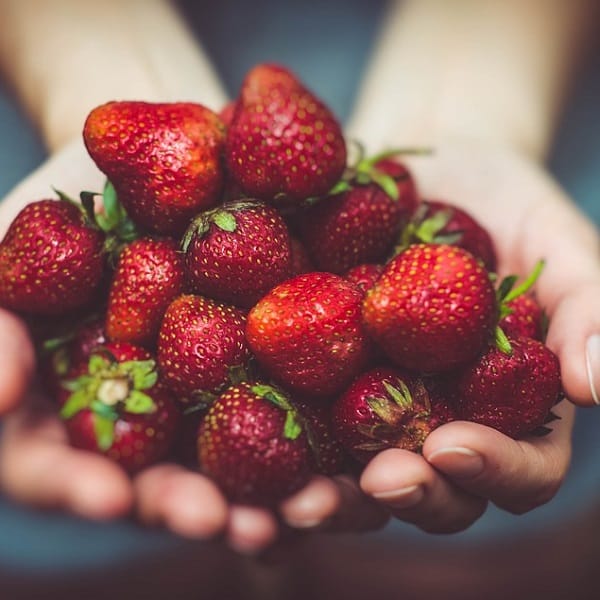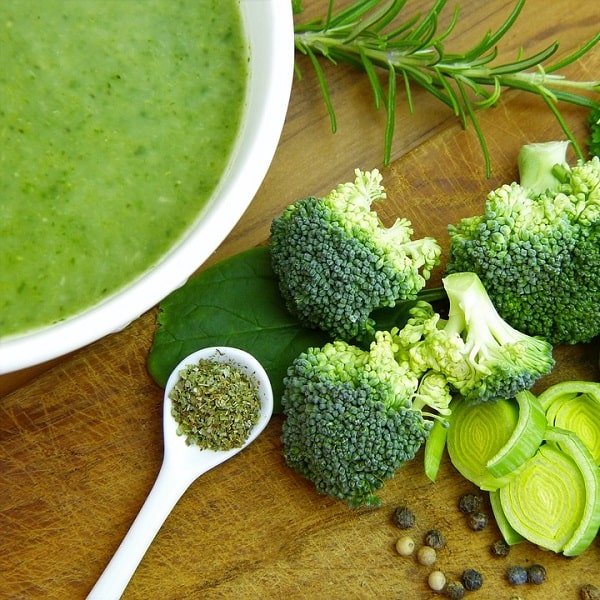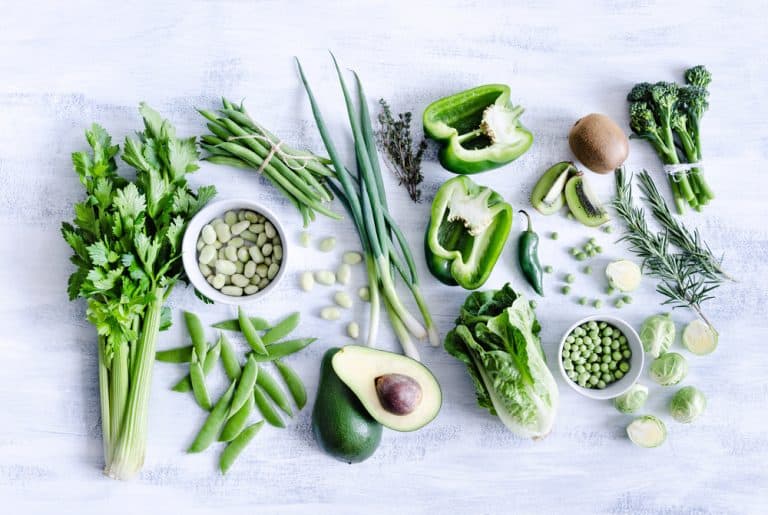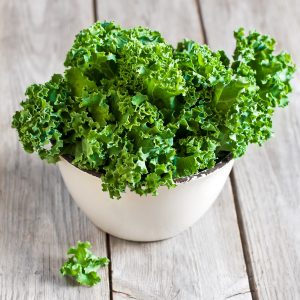We all know that consuming smoothies and other blended drinks is a healthy way to meet your daily nutrients requirements. However, there is also an ongoing debate centered on the question– does blending vegetables destroy nutrients or not?
Let’s cut to the chase. Blending destroys nutrients in your fruits and vegetables, but so does frying, cooking, and boiling your food. So the real question is how much nutrients are lost during blending, and is it significant enough to affect your diet?
This article will try to resolve the question: does blending destroy nutrients and vitamins in the food they process.
How is Nutrient Loss During Blending?
There are numerous ways that produce can lose its nutritional value. The three main culprits, however, are heat, light, and oxygen. Exposure of the produce’s insides to any of these three elements can lower the nutrients and vitamins.
In retrospect, cutting or peeling the produce already shaves some of its nutrients and vitamins. So, does blending destroy nutrients like fiber? How are nutrients lost when you put fruits and vegetables in the blender?
When food is exposed to oxidation and light, it begins the spoilage process since it encourages the growth of microorganisms. As the blender’s blades cut down your fruits and vegetables, they begin to break down the nutrients with the aid of oxidation. The process inevitably leads to your food, losing more nutrients the longer it sits around.
Blending can also have a masticating effect (similar to juicing) wherein it breaks down the insoluble fibers. This process may result in a spike in blood sugar as more glucose is released into the liver.
Blenders with heating elements can also further reduce the vitamins and nutrients in your food. Exposure to extreme heat can cause nutrition loss, much like in frying and microwaving. If you are heating your soups and making other hot beverages using your blender, expect some nutrients loss.
Consequently, some health experts claim that the friction and heat caused by fast rotating blender blades may also cause nutrition loss. However, the topic ‘does blending destroy nutrients’ is still highly debated, and there hasn’t yet a concrete study to prove or disprove such claims.

5 Ways to minimize loss of Nutrients
If there is something that food and health experts agree on, it’s that whenever you try to process or cook food, it’s inevitable that some nutrients will be lost.
However, there are some things you can do to retain as many nutrients as possible:
1. Blending Without Peeling
Not all vegetables and fruits need to be peeled for you to enjoy them. Radishes, carrots, apples, and even potatoes can go directly into your blender with the skin intact. Many nutrients and vitamins are present in the skin, which would have been lost if you peel it. However, you must make sure to wash the produce thoroughly to remove all the dirt.
2. Limit the Blending Time
You can avoid as much nutrients loss just by optimizing time it takes when blending or juicing your food. When making smoothies, the process should only take you between 30-60 seconds unless you’re dealing with tough ingredients. Anything longer won’t improve your drink’s taste and nutritional value.
3. Drink Immediately After Blending
If you want to limit the oxidation process while blending or juicing whole fruit, you need to drink it straight away. However, if you prefer to drink it later, make sure you store it in the fridge using a vacuum-sealed container. Consume your smoothies 12 hours after you put them in the fridge. You can stretch this storage time up to 24 hours by adding lemon juice.
4. Wash Your Vegetables Carefully
Some essential nutrients, like vitamins B and C, are water-soluble. Hence, you don’t have to soak your peeled vegetables and fruits in water for a long time, or the essential nutrients will be washed away. The only exception is if you are going to use the same water for your stock or soup.
5. Invest in a Powerful Blender
As much as possible, use a powerful blender to process your vegetables and fruits. They lessen the time it takes blending your whole food, which lessens its exposure to oxidation. Some blenders are also known to have features in place to retain as many nutrients as possible.

5 Reason Having a Liquid Diet
As you can deduce from its name, a full liquid diet requires you to take only liquids or whole foods that are turned into liquid at body or room temperature. Doctors often recommend a liquid diet for people going into a medical procedure like surgery.
However, even if you are not going to have a medical operation or recovering from one, there are plenty of reasons why a liquid diet may benefit your health.
Below are some benefits you should consider blending your food as part of a liquid diet:
- Eliminating chunks of whole foods by blending it can help prevent aspiration or choking when you eat chewed food.
- It reduces complications if you have a jaw injury or have just undergone dental work.
- If you are having trouble with your bowel movement, it can help you heal while managing the complications and pain.
- It can help you detoxify your body, especially under the guidance and recommendation of your family physician.
- It might help you lose weight but can be ineffective unless you also change some of your eating habits.
Note that liquid diets also pose some health risks, especially if you miss out on essential nutrients. To be on the safe side, consult your physician first before starting one.
How Long Before Blended Greens Turn Bad?
Most blended greens have a shelf life of 48 hours before their nutrition, flavor, and texture will degrade. However, some green blended smoothie combinations may turn gelatinous or too thick if left too long. Green smoothies with fresh blueberries and kale may turn gelatinous after a couple of hours.
If you want to extend your green smoothie’s shelf life and retain more nutrients, make sure you store it properly. For example, never store your green smoothie in your blender’s container or pitcher; lest it destroys nutrients. Instead, use a vacuum-sealed container before putting it on the fridge.
When transporting your green smoothie to work or the gym, make sure to put it in an insulated travel container to maintain its cold temperature and nutrients.
So, does blending destroy nutrients and fiber? Yes, but the amount lost is often unquantifiable unless a complete study says so. Moreover, blending does not make the produce unhealthy and instead makes it easier to be consumed.

